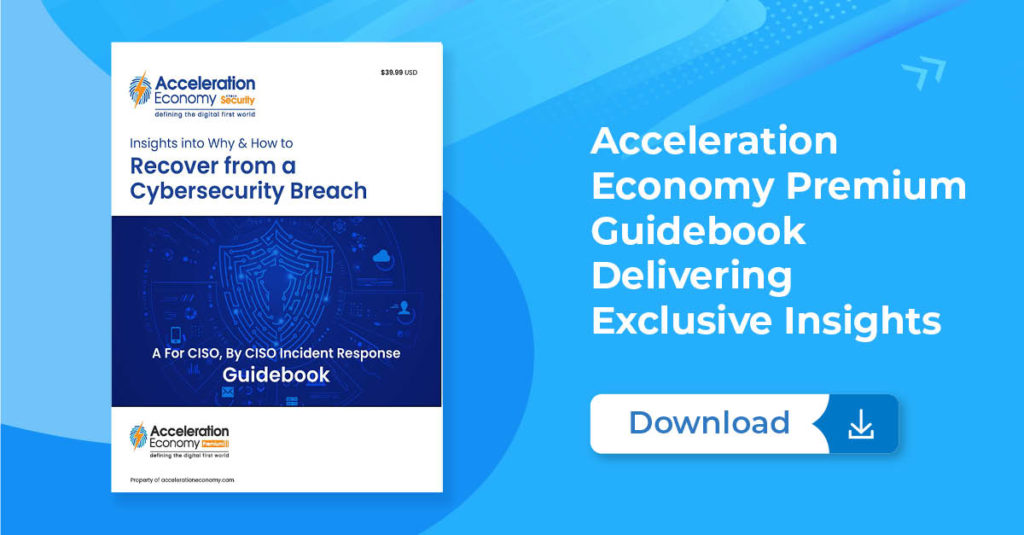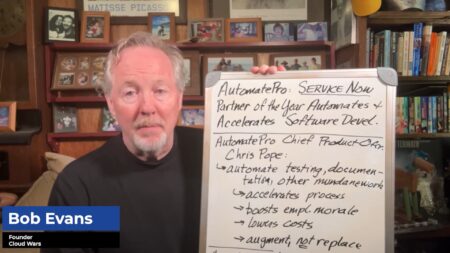More and more organizations are opting to use multiple cloud computing services instead of relying on just one. The multi-cloud approach provides greater flexibility, scalability, and cost-effectiveness and has become a key driver of digital transformation for many businesses.
However, as with any significant change, it can be challenging to ensure that your workforce is entirely on board and equipped for what’s ahead. Multi-cloud also adds new levels of complexity for security postures, which will need to be addressed along with everything else. In this analysis, we’ll explore key considerations for bringing your workforce, security-focused or otherwise, along for the multi-cloud journey.
Communication Is Key
The first step is to effectively communicate with your staff about the transition. This includes explaining why your organization is moving to multi-cloud; what its benefits are; and how it will impact day-to-day work. These things can often be communicated through metrics such as projected cost savings, expected uptime increase, and enhanced availability of features. To avoid any unnecessary confusion and ruffled feathers, it’s important to involve your workforce in the conversation and to listen to their concerns and feedback.
It’s important to involve your workforce in the conversation and to listen to their concerns and feedback so that you can address any issues early on and ensure that everyone is on the same page. You most certainly do not want your team members to show up one morning to everything being different. You’ll pay the price in loss of productivity and, maybe even worse, you’ll have an angry staff.
Training and Skill Development
One of the biggest challenges of multi-cloud is that it requires a diverse set of skills and knowledge to manage and utilize. This means that your workforce will likely need to undergo training and skill development to keep up with the changing technology landscape.
Consider offering training programs and certifications to your employees to help them stay current with the latest developments in each of the cloud platforms you plan to leverage. This development could include online courses, workshops, and hands-on training sessions, as well as opportunities for employees to work on multi-cloud projects to gain real-world experience.
Foster a Culture of Collaboration and Innovation
Multi-cloud is a complex, dynamic technology environment, and it’s critical to foster a culture of collaboration and innovation within your organization in order to make the most of it. Encourage employees to work together, share ideas and best practices, and be open to new ways of doing things. There is so much potential in the unexplored combinations of platform-as-a-service (PaaS) and software-as-a-service (SaaS) solutions: At the very least, you could find minor improvements or cost savings, on the other end of the scale, you could be innovating for the entire multi-cloud community.
Prepare for Security Implications
With this complex environment comes a host of security implications that your security team will need to focus on. Care must be taken in how your data is stored across applications with multiple cloud providers. A proactive, comprehensive approach is needed to ensure that using multiple cloud providers doesn’t introduce new security risks, such as opportunities for nefarious actors to gain access to your corporate data.
You’ll need to make sure your team is ready to take a proactive approach, which includes implementing strong access controls and authentication mechanisms, regularly testing and auditing your multi-cloud environment, and working closely with your cloud providers to ensure that they adhere to best practices for security and compliance.
You should also consider providing cybersecurity training to all of your employees, as well as implementing policies and procedures for secure data handling, access management, and incident response. Your team aside, you may also want to consider working with a third-party cybersecurity provider to help secure your multi-cloud environment and ensure that your data and systems are protected from potential threats.
Which companies are the most important vendors in cybersecurity? Click here to see the Acceleration Economy Top 10 Cybersecurity Shortlist, as selected by our expert team of practitioner analysts.
Embrace Automation and AI
One of multi-cloud’s biggest advantages is the ability to automate and optimize various processes and tasks. This can greatly improve efficiency and reduce the workload for employees, freeing them up to focus on more strategic and creative tasks.
Consider investing in automation and artificial intelligence (AI) technologies, such as machine learning and robotic process automation (RPA), to help streamline and optimize your multi-cloud environment. This will not only improve efficiency, but will also help your workforce better understand the benefits and potential of these technologies, as well as develop new skills and knowledge in this area.
Encourage Employee Feedback and Input
Finally, encourage your workforce to provide feedback and input throughout the multi-cloud journey. This encouragement should include regular check-ins, surveys, and suggestion boxes, as well as opportunities for employees to share their experiences and challenges with others.
By listening to and incorporating employee feedback, your workforce will remain fully engaged and invested in your multi-cloud strategy’s success. Everyone will be working towards a common goal.
Closing Thoughts
Bringing your workforce along for the multi-cloud journey can be a daunting task. Your staff may feel as if they are just getting their arms around one PaaS provider, and now you’re increasing the complexity, and its security needs, by adding more. They may feel overwhelmed.
By focusing on these key areas during a transition to multi-cloud, you’ll not only realize real savings by making use of the most cost-effective services of each cloud provider, but also make certain your workforce is fully equipped and ready to gain — in a secure manner — from all that multi-cloud has to offer
Want more cybersecurity insights? Visit the Cybersecurity channel:








